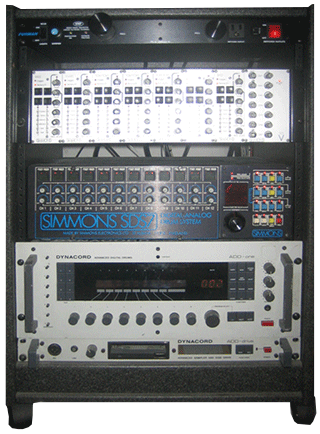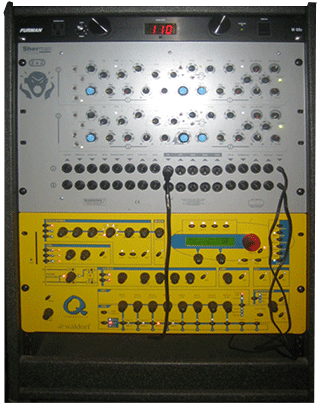
Jupiter 8
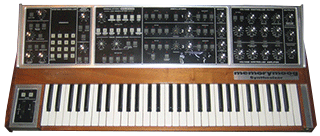
Memory Moog
The Memorymoog is like having six Minimoogs stacked in one! Features include VCO syncing, sample and hold, and separate filters for each voice! It also has a unison mode for a fat 18 oscillator monophonic bass and lead. And as its name would suggest it has memory storage, 100 patches!
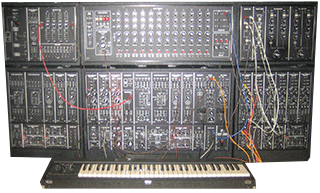
Roland System 700
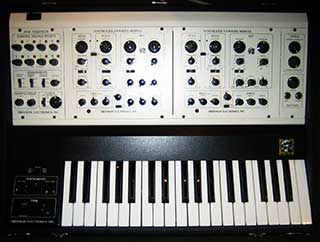
Oberheim TVS-1 Synth
This combination of electronic music modules allows the synthesizer user to control two completely independent synthesizer voices. For instance, the upper and lower voices from the keyboard can separately be directed to the two Expander Modules for playing two separate musical lines from the keyboard. Or, the Sequencer program can drive one Expander Module while the user plays the second Expander Module From the keyboard. Or, the Sample & Hold can drive one Expander Module while the Sequencer drives the second.
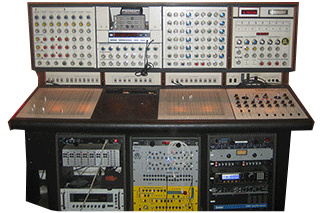
EMS Synthi 100
Indeed it was a monster, packing 12 oscillators, 8 filters, 4 envelope generators, 3 ring modulators, 8 voltage control amplifiers, 3 noise generators, 1 dual random voltage generator, 1 octave filter bank, 2 reverbs, 2 joy sticks, a dual keyboard, and 2 64 x 64 patch pin matrixes to string everything together in unlimited combinations. There is also a 3 track, 256 note monophonic sequencer, but I haven’t been able to get mine to function yet. Its all contained in a tank like enclosure that measures over 6 1/2 feet long and weighs close to 500 lbs.
This was the English answer to the big modular moogs, though I think the patching is a lot more fun on the Synthi. I used the Synthi AKS quite a bit on tour so the matrix pin patching system seems very comfortable to me and “accidents” seem more frequent that lead to pleasant surprises and unimaginable places. I was very fortunate to have room on one of our simi-trailers for it and was able to sneak it over the boarder and back to LA thereby avoiding any customs or shipping charges.



The Pro One is an extremely flexible synth with lots of modulation possibilities (ie: the filter, VCO B and LFO can modulate VCO A or B frequencies or pulse widths, or the VCF). There’s also an onboard sequencer, something common on many Sequential synths but not often found on other monosynths of the time. It is very basic, however, storing only two patterns and up to 40 notes max. Also, only pitch info is recorded (and in step time only); you can not assign a note duration to any notes. So it’s basically a short melodic sketch-pad…but useful. Also onboard is an arpeggiator which has UP and UP/DOWN patterns.

The Memorymoog is like having six Minimoogs stacked in one! Features include VCO syncing, sample and hold, and separate filters for each voice! It also has a unison mode for a fat 18 oscillator monophonic bass and lead. And as its name would suggest it has memory storage, 100 patches!
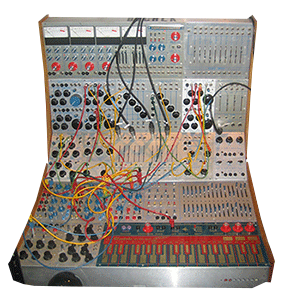
Buchla Synth
